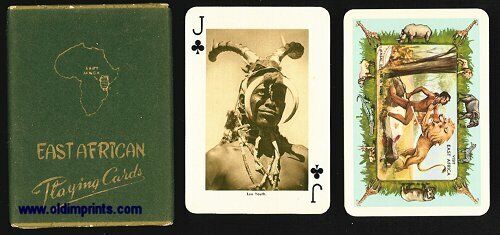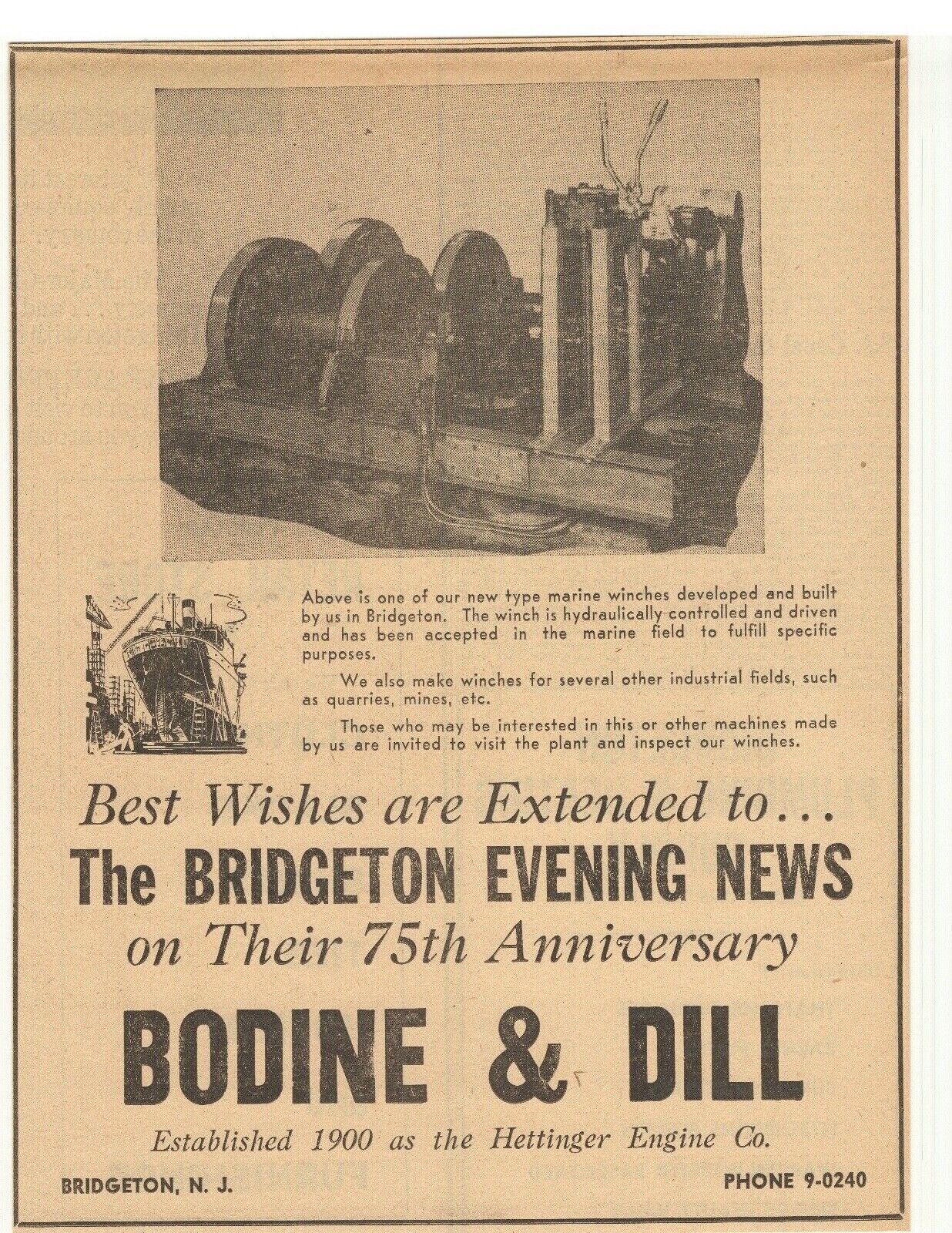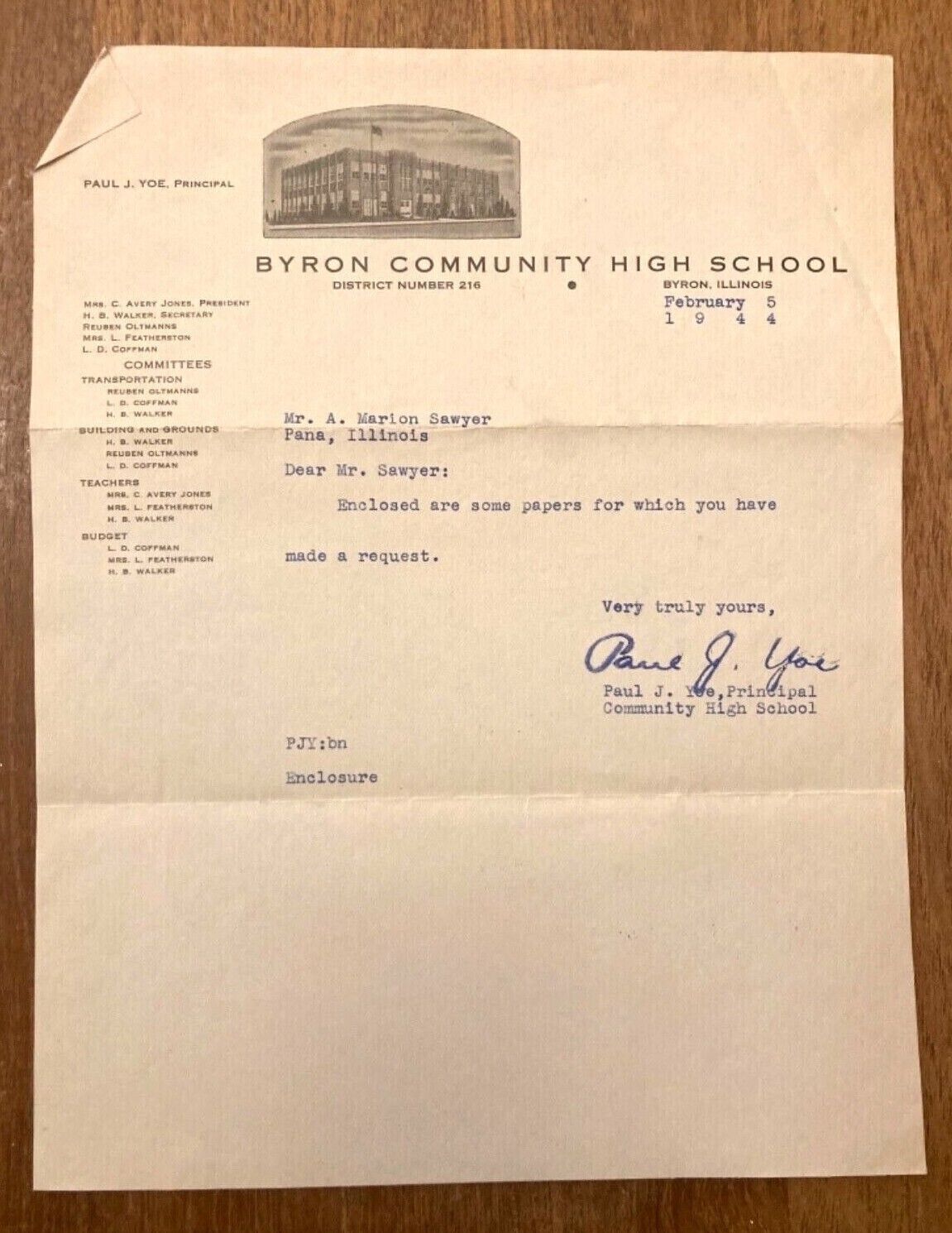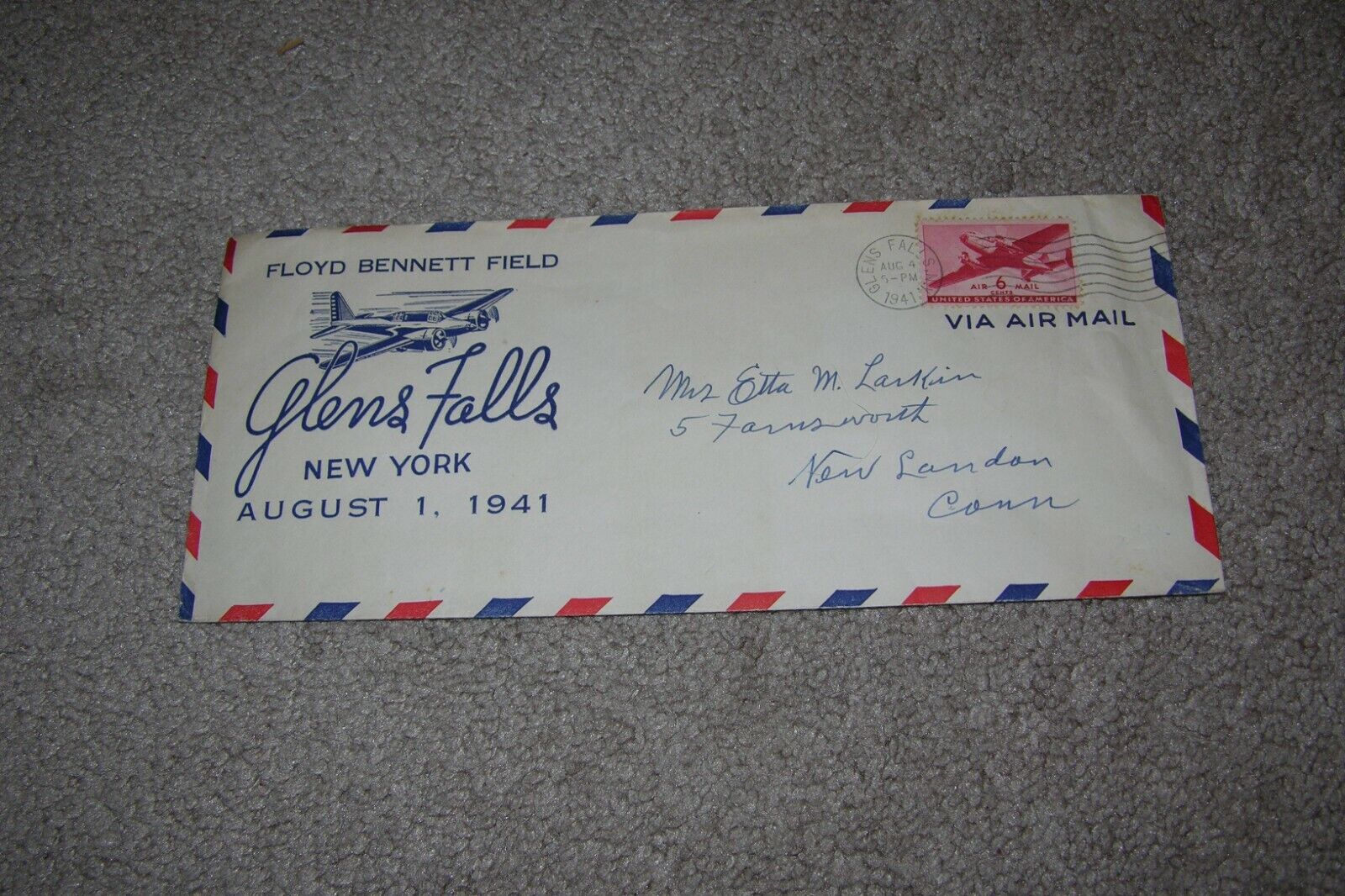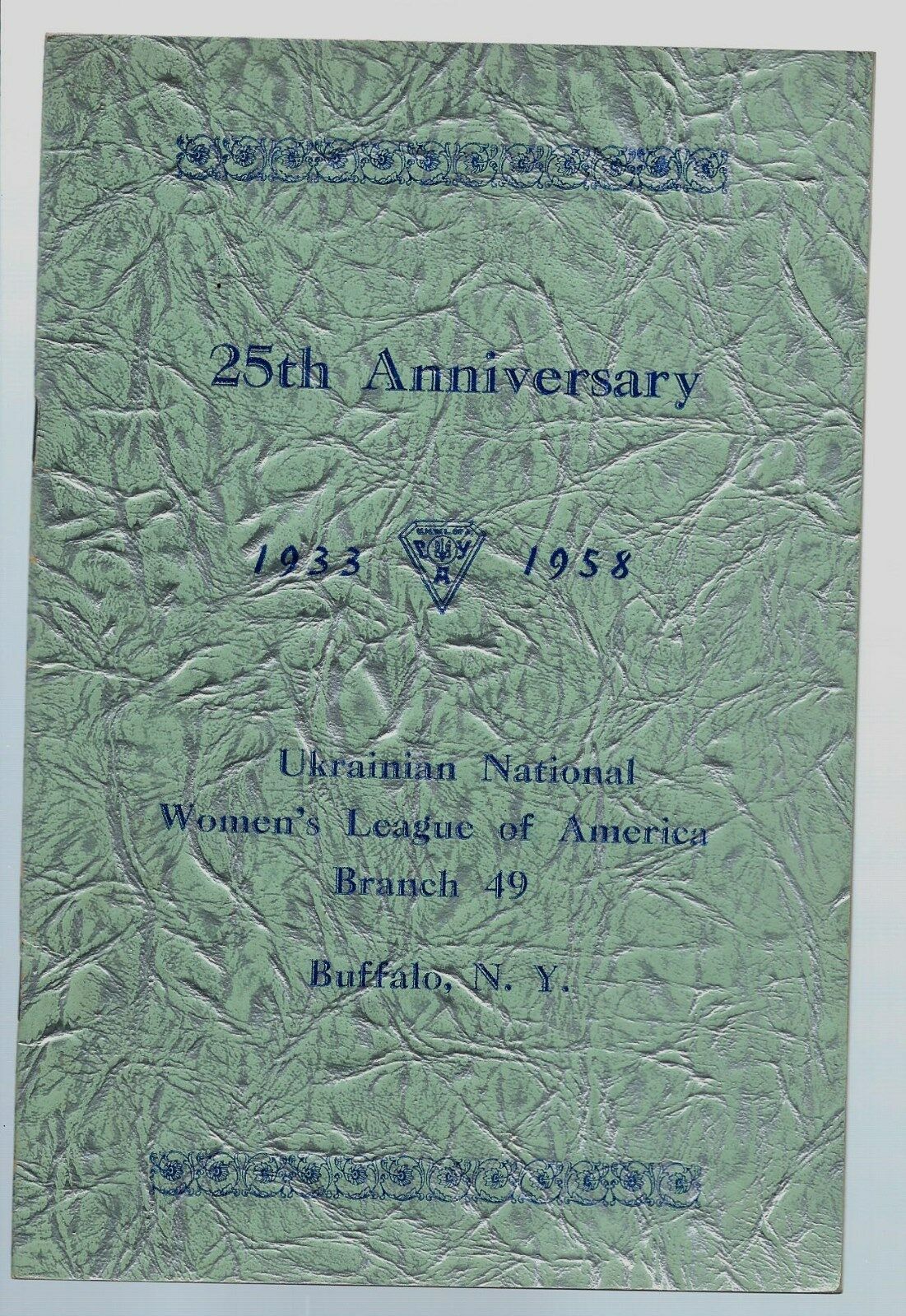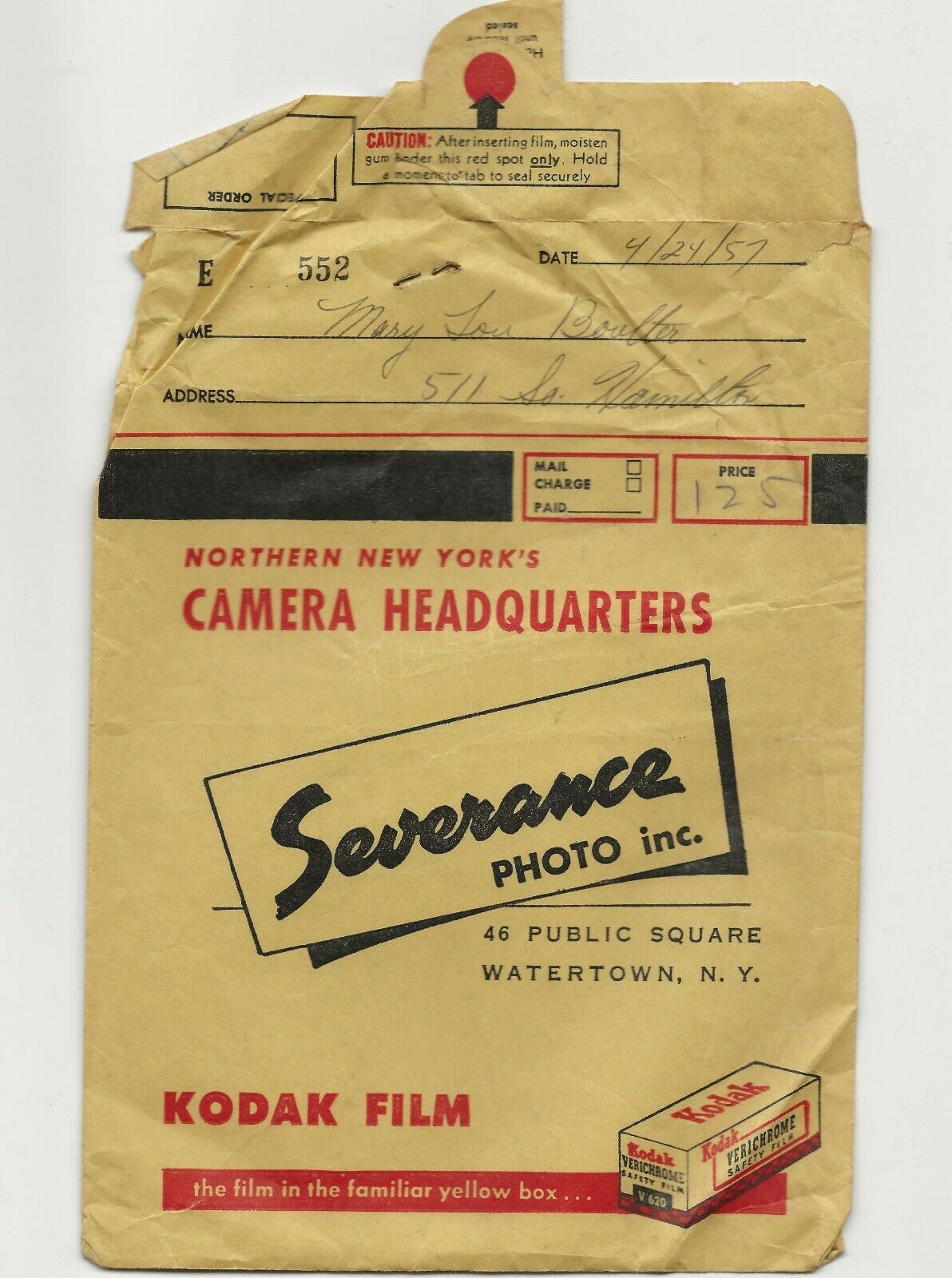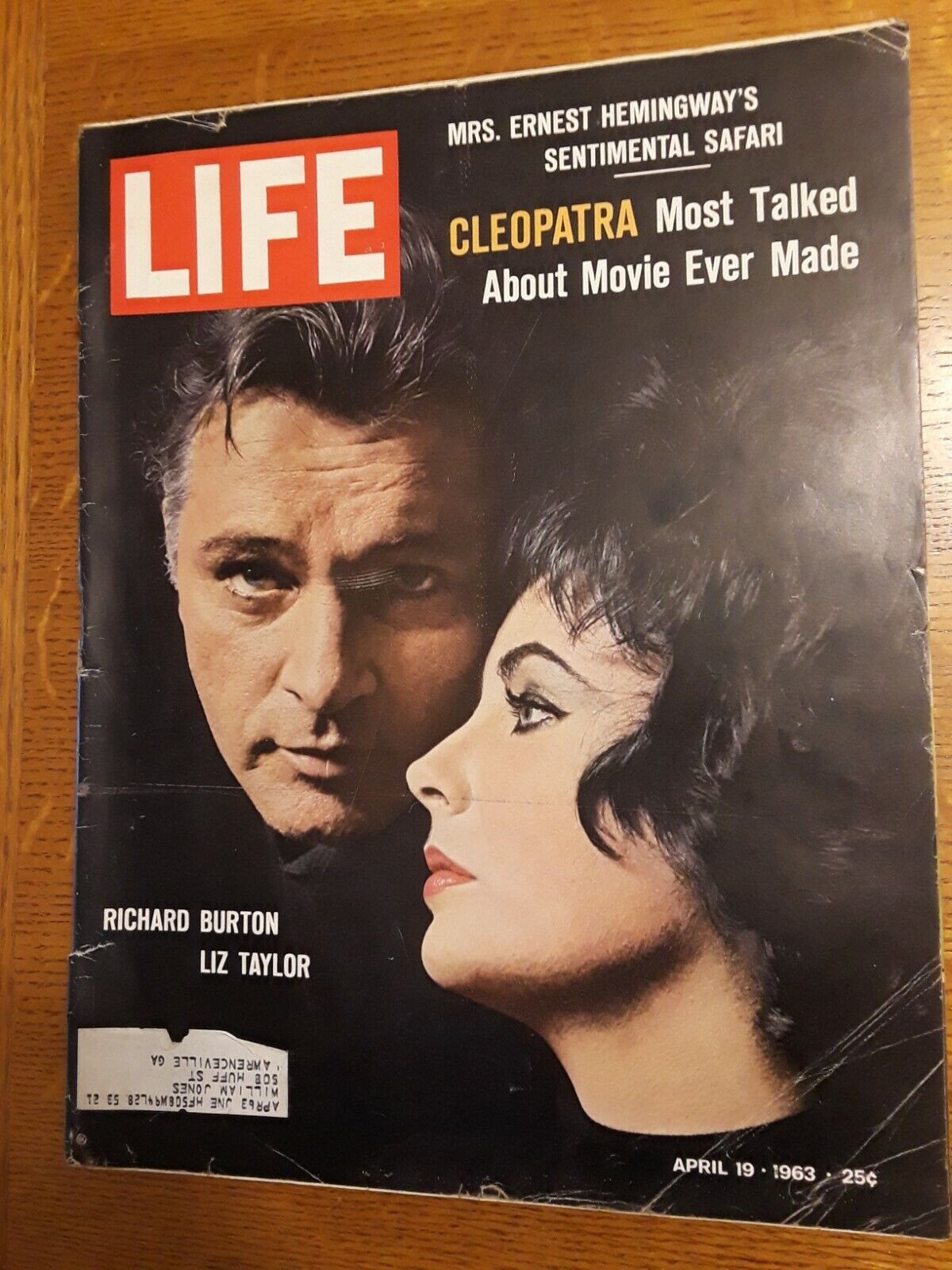-40%
vintage Original -- TIJUANA BIBLE - STELLS CLINKER in "TOO WEAK"
$ 14.77
- Description
- Size Guide
Description
here is an original 1930's or 40's "tijuana Bible" i just bought a large collection, i am listing them all individually, they are all original, some have tape on the outside (as shown), i show an interior image if i can. great original hard to find early underground comic book -- YOU ARE CONSIDERING THE EXACT ONE SHOWN.Tijuana bibles
(also known as
eight-pagers
,
Tillie-and-Mac books
,
Jiggs-and-Maggie books
,
jo-jo books
,
bluesies
,
blue-bibles
,
gray-backs
, and
two-by-fours
) were palm-sized "naughty" comic books produced in the United States from the 1920s to the early 1960s. Their popularity peaked during the Great Depression era.
Most Tijuana bibles were obscene parodies of popular newspaper comic strips of the day, such as "Blondie", "Barney Google", "Moon Mullins", "Popeye", "Tillie the Toiler", "The Katzenjammer Kids", "Dick Tracy", "Little Orphan Annie", and "Bringing Up Father". Others made use of characters based on popular movie stars, and sports stars of the day, such as Mae West, Clark Gable and Joe Louis, sometimes with names thinly changed. Before World War II, almost all the stories were humorous and frequently were cartoon versions of well-known dirty jokes that had been making the rounds for decades.
The artists, writers, and publishers of these booklets are generally unknown, as their publication was illegal, clandestine, and anonymous. The quality of the artwork varied widely. The subjects are "dirty" escapades usually featuring well-known newspaper comic strip characters, movie stars, and (rarely) political figures, invariably used without respect for either copyright or libel law and without permission.
The typical "bible" was an eight-panel comic strip in a wallet-sized 2.5 × 4 inch format (approximately 7 × 10.5 cm) with black print on cheap white paper and running eight pages in length.
The term "Tijuana bibles" was first noted in Southern California in the late 1940s and refers to the apocryphal belief that they were manufactured and smuggled across the border from Tijuana, Mexico. In the 1930s, many early bibles bore phony imprints of non-existent companies such as "London Press", "La France Publishing," and "Tobasco Publishing Co." in London, Paris, and Havana. The popular line using the "Tobasco" imprint was around the underground market for a couple of years and also printed a number of pamphlet-sized erotic fiction readers, in addition to about 60 Tijuana bible titles, most of them original.
Tijuana bibles were sold under the counter for 25 cents in places where men congregated: barrooms, bowling alleys, garages, tobacco shops, barber shops, and burlesque houses. One commentator reminisces:
I came of age during the war and served in the United States Navy, and I recall seeing them behind the counter at magazine stands and bus terminals, in penny arcades, and in dusty little second-hand bookshops. During their last years of production, the late 1950s and early 1960s, the little second-hand book and curio shops seem to have been their primary distribution outlets.
In some senses, Tijuana bibles were the first underground comix. They featured original material at a time when legitimate American comic books were still reprinting newspaper strips. After World war II, both the quality and the popularity of the Tijuana bible declined.
location of item: -- flying saucer hammermill box then in bag Tijuana --128



